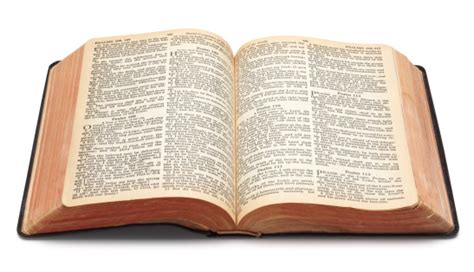I , in looking for certain wirings and when they happened ran across this and am just posting it for info. No other reason
Just a comment.
Not knowing when any book was truly written I saw this and thought I would post it
1 Thessalonians was likely written around 49 to 51 AD, during the Apostle Paul's second missionary journey. It is considered one of the earliest letters in the New Testament.
The Book of Romans was likely written by Paul the Apostle between AD 55 and AD 57 while he was in Corinth.
Then I found this.
https://www.biblegateway.com/passage/intro/?search=Romans&version=NCBPaul, Apostle of Christ
The Gospel of the Gentiles
The Gospels are certainly the most important of the New Testament writings, but they were not the first to be composed. As early as the year A.D. 50, some young communities of former Gentiles were receiving Letters from an “apostle,” namely, Paul, who had not belonged to the Twelve or to the circle around Jesus. Of the great figures of newborn Christianity, this “first Christian author” is the most remarkable one known to us, and he remains such through the testimony he has left us in his writings.
Chronological Order of the Letters
Modern criticism has come to the following conclusions in this area.
A first series of Letters was written at intervals during the fifties and sixties; there is practically no one who doubts that Paul was their author.
—
1 and 2 Thessalonians: The first two Christian writings that have come down to us. They were surely written in Corinth between A.D. 50 and 52, in order to encourage a recently founded community and to clarify some points of doctrine (although some scholars have questioned the authorship of 2 Thessalonians).
—
1 and 2 Corinthians: Two Letters written in A.D. 56, during Paul’s time in Ephesus. They contain rather spirited interventions occasioned by disorders and divisions in the community.
—
Philippians: A Letter that is especially cordial in tone. It is the first Letter that Paul wrote from prison and can be dated to A.D. 56, although others place it with the Letters of Paul’s Roman captivity between A.D. 61 and 63. We know that Paul was imprisoned more than once.
—
Galatians: A fiery Letter to a Church in full crisis; probably written in A.D. 56 or 57.
—
Romans: A lengthy theological writing, covering at greater length, and in a more serene tone, the same themes the writer had dealt with in the Letter to the Galatians. It may date from A.D. 57 or 58.
A second and later series of texts is known as the Captivity Letters (which may include the Letter to the Philippians, as noted a moment ago). They can be attributed to Paul, although a bit tentatively, and dated from A.D. 61 to 63, the period of his imprisonment in Rome.
—
Colossians: A Letter that encourages authentic faith and authentic Christian life in face of the commingling of religions and new ideas.
—
Philemon: A short note of recommendation for a fugitive slave.
—
Ephesians: A circular Letter inspired by a profound theology and mysticism.
A third series of Letters is addressed no longer to communities but to individuals, pastors of souls, and is lavish with recommendations and guidelines for the exercise of their responsibilities. These are known as the Pastoral Letters and must be dated to A.D. 66 or 67 at the latest, if they are to be attributed to Paul. Some exegetes think the Letters may be the work of disciples and written around the eighties.
—
1 and 2 Timothy: Two Letters.
—
Titus: One Letter.
Toward the end of the 1st century a final writing supposedly by Paul was in circulation, but the attribution is most uncertain. It was written by someone else who remains anonymous.
—
Hebrews: A lengthy piece of theology and exhortation, written either just before the destruction of Jerusalem in A.D. 70 or much later, between A.D. 80 and 90.

